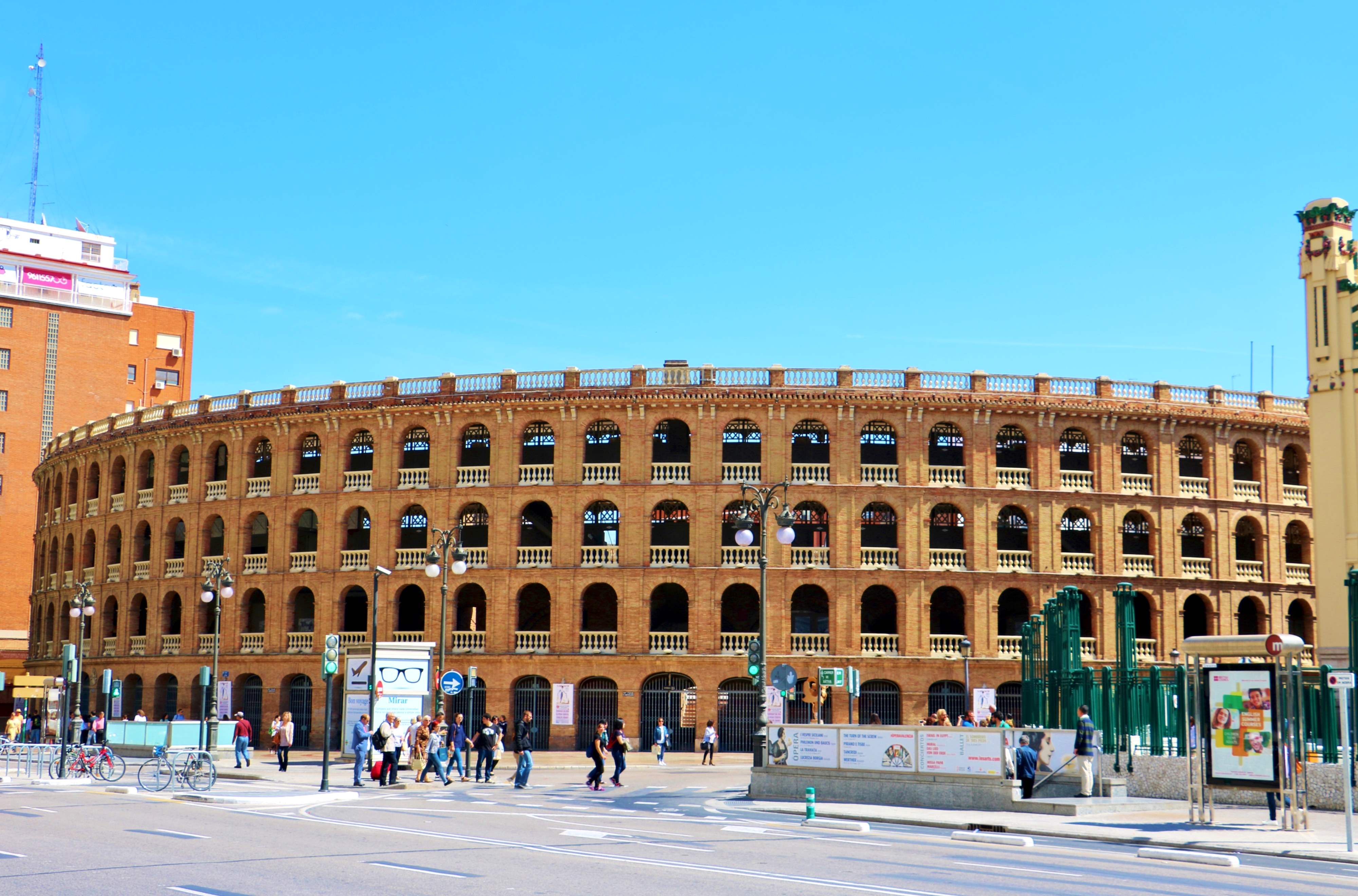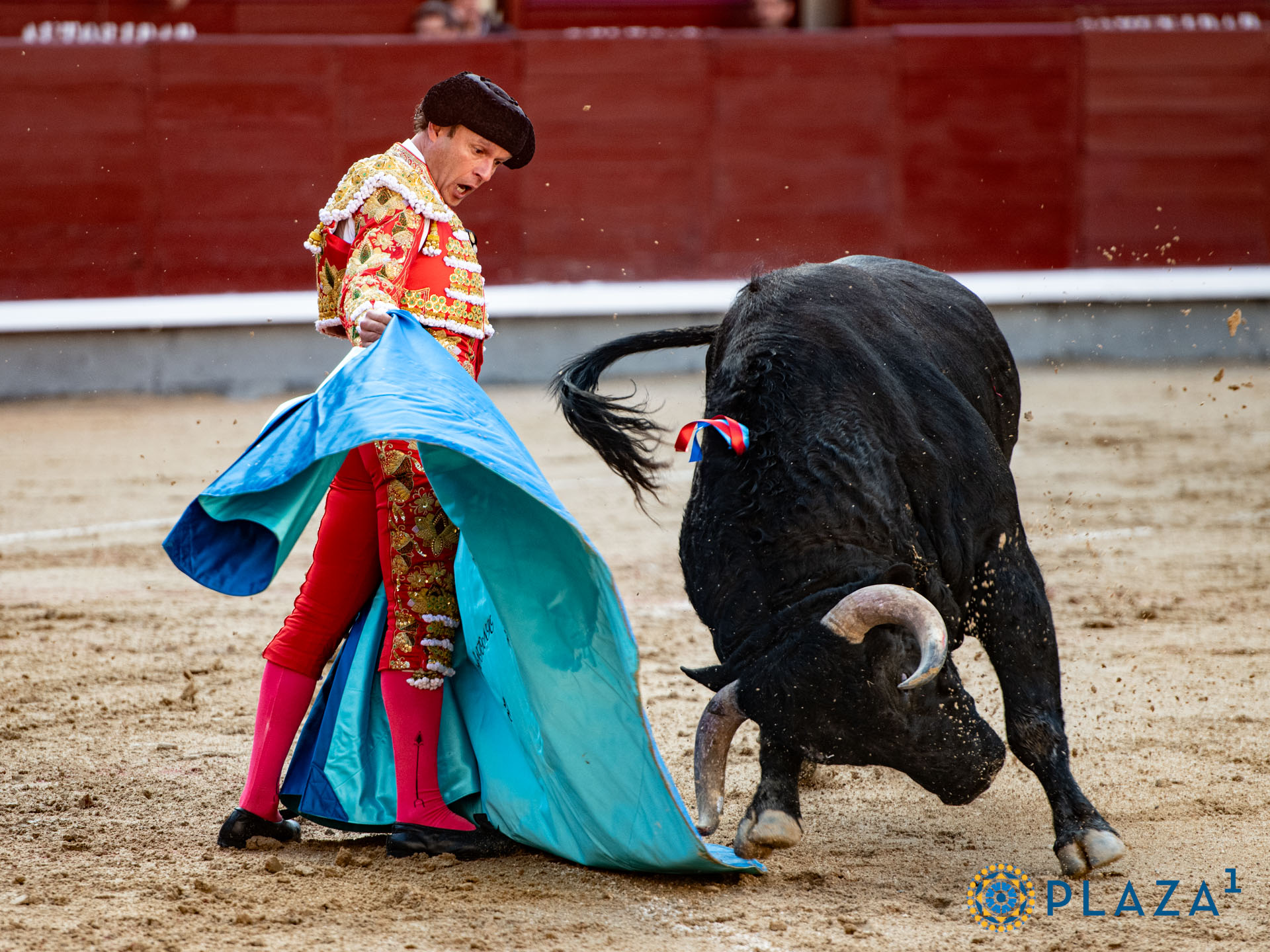
The bullring, or plaza de toros, stands as one of Spain’s most recognisable symbols. With its circular shape, sandy arena, and tiers of seating, it is a place where drama, tradition, and debate collide. To understand the bullring is to delve into Spain’s complex history, explore its cultural soul, and confront modern questions about tradition and ethics. This article traces the origins of the bullring, its evolution through history, its cultural significance, and where and when to experience a bullfighting performance.
Origins and Early History
Bullfighting in Spain has roots that stretch back thousands of years. Some historians link its beginnings to ancient Roman games, where gladiators fought beasts for entertainment. Others suggest even earlier influences from Iberian tribes, who revered bulls as sacred animals. However, the bullring as we know it today began to take shape in the Middle Ages. During this period, bullfighting was less a formal spectacle and more a chaotic event, often staged in town squares for public festivals. Nobility on horseback would engage bulls in displays of skill, a tradition known as corrida de toros. These early events were less about artistry and more about showcasing bravery and social status.
By the 18th century, bullfighting began to shift from an aristocratic pastime to a popular public spectacle. As the sport grew in popularity, purpose-built arenas replaced makeshift town squares. The first permanent bullring in Spain was constructed in Ronda, Andalusia, in 1785. Designed by architect José Martín de Aldehuela, the Plaza de Toros de Ronda became a model for future bullrings, featuring a circular layout to ensure visibility for all spectators. This design allowed crowds to gather safely while creating an intimate connection between the audience and the drama unfolding in the ring.
The Golden Age and Cultural Evolution

Image by Las Ventas
The 19th and early 20th centuries marked the golden age of bullfighting. Figures like Francisco Romero and his grandson Pedro Romero transformed the practice into a structured art form. Francisco, often called the father of modern bullfighting, introduced the muleta—a red cloth used in the final act—and established the role of the matador as a lone hero facing the bull on foot. This shift turned bullfighting into a theatrical performance, blending danger, skill, and symbolism.
During this era, bullrings became grand architectural landmarks. Madrid’s Las Ventas, completed in 1931, is one of the largest and most famous, seating over 23,000 spectators. Its Neo-Mudéjar style, with brick arches and ceramic tiles, reflects Spain’s Moorish heritage. Similarly, Seville’s La Maestranza, built in the 18th century, remains a jewel of Baroque design. These structures were not just sports venues but symbols of civic pride, hosting events that united all social classes.
Bullfighting also seeped into Spain’s cultural fabric. Writers like Ernest Hemingway and Federico García Lorca immortalised it in literature, while artists such as Pablo Picasso and Francisco de Goya depicted its raw emotion in paintings. For many, the bullring became a metaphor for life itself—a dance between human courage and uncontrollable fate.
Why the Bullring Remains Iconic
The bullring’s enduring significance lies in its dual role as a cultural touchstone and a site of controversy. To supporters, it embodies Spanish identity: a blend of history, passion, and respect for tradition. The matador’s elaborate costume, the ritualised stages of the fight, and the interplay between risk and artistry are seen as expressions of national character. The bullring is where skill meets instinct, and where every movement carries centuries of symbolic weight.
Yet the bullring also mirrors Spain’s societal debates. Critics argue that bullfighting is a cruel relic, incompatible with modern views on animal rights. In recent decades, regions like Catalonia have banned the practice, though it remains legal in much of the country. This tension between preservation and progress keeps the bullring in the public eye, ensuring it is never just a historical artefact but a living, contested space.
Symbolism and What Bullfighting Expresses
At its core, bullfighting is a ritual steeped in metaphor. The bull represents untamed nature, while the matador symbolises human intellect and grace under pressure. The three acts of the fight—the tercio de varas (lancing stage), tercio de banderillas (placing colourful spikes), and tercio de muerte (final act of killing)—mirror a narrative of struggle, domination, and mortality. For aficionados, each fight is a tragic drama, celebrating bravery and the fleeting beauty of life.
The spectacle also reflects deeper Spanish values: honour, resilience, and the acceptance of life’s fragility. The matador’s ability to remain composed in the face of danger resonates with ideals of personal dignity. Even the audience’s role is ritualistic, with cheers or jeers shaping the performer’s fate. In this sense, the bullring becomes a microcosm of society, where individual and collective identities are performed and judged.
Where and When to Experience a Bullfight
For those curious to witness a bullfight, timing and location are key. The season typically runs from March to October, avoiding the colder months. Major festivals, such as Madrid’s Feria de San Isidro in May or Seville’s Feria de Abril in spring, host the most prestigious events. Pamplona’s San Fermín festival in July, famous for its running of the bulls, also includes bullfights, though these are separate from the morning street dashes.
The largest bullrings are in major cities. Madrid’s Las Ventas, with its vibrant atmosphere, is a top choice for first-time visitors. Seville’s La Maestranza offers a more intimate setting, with a history dating back to 1761. Smaller towns, like Ronda or Valencia, provide a local flavour, often with cheaper tickets and a less touristy crowd.
Tickets range from affordable sol (sunny side) seats to shaded sombra areas, which are pricier. Dress codes are generally relaxed, though some formal events may require smart attire. It’s worth noting that bullfighting’s popularity varies regionally—research local attitudes before attending.
Here’s a table listing some of Spain’s most famous bullrings, including their addresses and approximate price ranges for visits or performances. Note that bullfight ticket prices vary widely depending on the event, seat location (sunny sol vs. shaded sombra), and festival dates. Guided tours are often cheaper and available year-round.
| Name | City | Location (Address) | Price as of 2025 (€) |
Ronda | Calle Virgen de la Paz, 15, 29400 Ronda, Málaga | Tours: €9 • Bullfights: €30 | |
Madrid | Calle de Alcalá, 237, 28028 Madrid | Tours: €7 • Bullfights: €25 | |
Sevilla | Paseo de Cristóbal Colón, 12, 41001 Sevilla | Tours: €8 • Bullfights: €20 | |
València | Carrer de Xàtiva, 28, 46004 València | Tours: €8 • Bullfights: €25 | |
Navarra | Paseo de Hemingway, s/n, 31002 Pamplona, Navarra | Tours: €8 • Bullfights: €30 | |
Bilbao | Calle de Martín Agüero, 1, 48003 Bilbao | Tours: €8 • Bullfights: €36 |
Notes:
- Guided tours typically include access to the arena, seating areas, and museums where available. Prices may vary by season.
- Bullfight tickets depend on the event’s prestige. Major festivals like Madrid’s San Isidro or Pamplona’s San Fermín command higher prices.
- The cheapest seats (sol) are in direct sunlight, while shaded seats (sombra) are pricier but more comfortable.
- Check official websites for exact schedules, as performances are seasonal (March–October).
- For a deeper cultural experience, visit during local festivals, but book tickets well in advance.
A Living Tradition in Modern Spain
Today, the bullring stands at a crossroads. While attendance has declined in some areas, it retains a loyal following, particularly in southern regions. Efforts to preserve bullfighting as cultural heritage coexist with growing ethical concerns. Younger generations often view it through a critical lens, yet the art form continues to inspire festivals, films, and debates.
Whether seen as art or cruelty, the bullring undeniably shaped Spain’s cultural landscape. Its walls hold stories of triumph and tragedy, tradition and rebellion. To visit a bullring is to engage with a history that is both celebrated and contested—a testament to Spain’s enduring complexity.
In the end, the bullring is more than a venue; it is a mirror reflecting the heart of a nation. Its future may be uncertain, but its place in Spain’s past and present is undeniable. For travellers and locals alike, it offers a window into the soul of a country forever balancing old and new.








